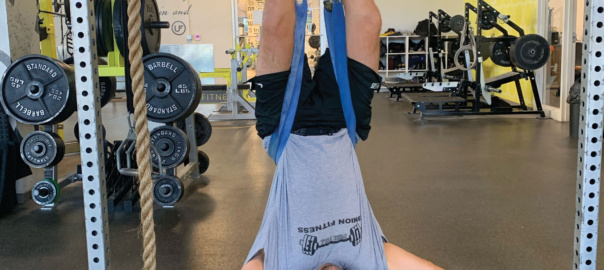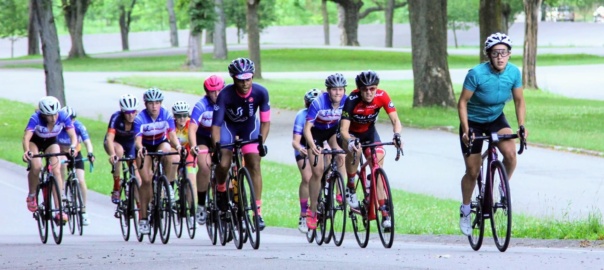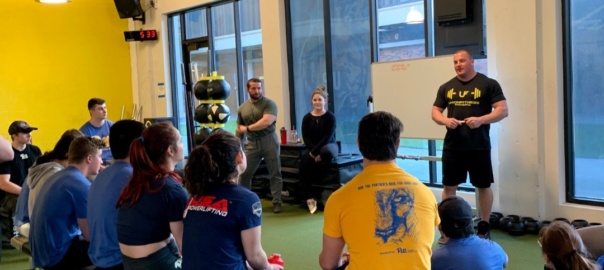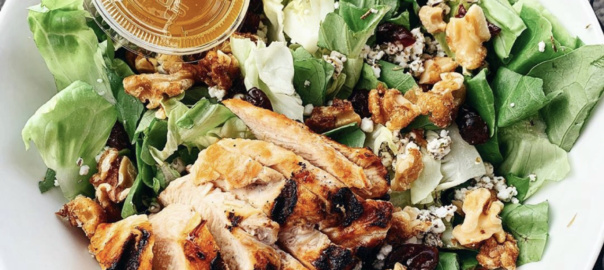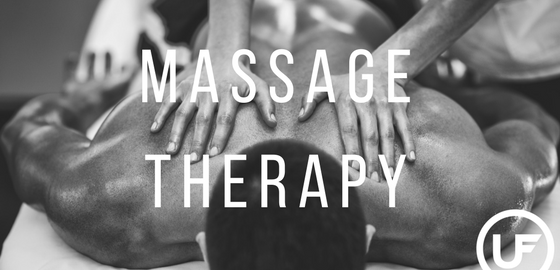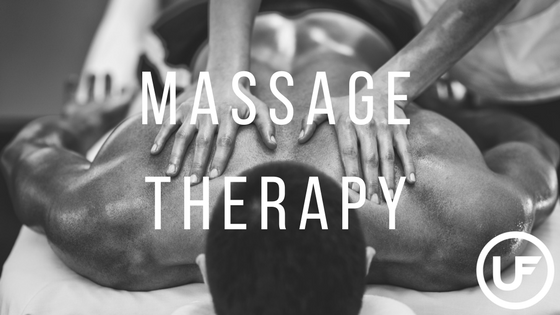I was at a national conference a few years back and had the opportunity to sit down with Chris Duffin. If you do not know who Chris is, he is to say the least, interesting. A good friend of mine Dave Terry (at the time strength coach at Georgetown), saw Chris and said, “Hamer, do you know Chris.” I said we had met a handful of times. He said we need to go talk to him. So we strolled over to his booth. Chris was welcoming, friendly, and full of good information. One thing that he said that will stick with me is, and I paraphrase, there are two things you can do for recovery. First you can do something to yourself, second is you can have something done to you. This sat in my mind for years and I have added one thought to this, I’d like to share with you my opinion today.
I agree with Chris that you can do something, or have something done to you, I also know that the one other thing you can to for recovery is sleep. Today, I will break each of these down for you and hopefully this will help you recover better, and be healthier and stronger.
Do something to yourself.
If you wish to aid in your recovery, you will find at times that you must move. A good rule of thumb on recovery is to do a movement with little or no eccentric load. A few examples of this are dragging the sled, throwing a med ball, cycling, or running up stairs. Remember that most muscle damage occurs on the eccentric portion of a lift, so the more we can decrease our eccentric load the better off we will be. Also, a little extra conditioning never hurt anyone. Here are a few examples of things I have done.
- Grab a med ball and keep it moving for 20 minutes. Just throw it, let it hit the ground and throw it again.
- Drag a light sled for 20 minutes non stop.
- Walk or push a turned off treadmill. I began doing this one over a decade ago and haven’t used a turned on treadmill since then.
- Get outside and take a hike. Do not underestimate the importance of a mindset to recovery. Stress is relative to how one perceives it. So sympathetic nervous system (fight or flight) will be more active when we are creating stress and we want to avoid this in recovery work. Create a more parasympathetic response by relaxing and taking hike.
Having something done to you.
This is something that is much harder to do for recovery. The first issue is that you must have someone willing to help you, or pay a professional. The upside to this type of recovery is that you can just sit back and enjoy the moment. Here are a few things you can have done to you for recovery.
- Stretch. There is no need to pay for this service, just have a friend, partner, or training partner stretch you.
- Soft tissue work. This can be done with a lacrosse ball, steel tube, or even someones hands.
- Get a massage. Call Malik or Sarah for this.
Sleep.
Sleep is currently the bees knees in the fitness industry. I remember a story about Arnold and sleep. Someone asked Arnold how he could accomplish so much, his response was, you only have 18 hours a day so don’t waste time. The person said 18 hours? Arnold said yes sleep for 6. The person responded, don’t we need more sleep. Arnold said, sleep faster.
As we all know sleeping faster is not possible. But, getting better quality sleep is possible. So let me review some basic things we should all do to get better sleep. Yet, none of these should be set in stone as we are all unique and none should be followed 100% of the time.
- Turn your phone off. I won’t go into the whole blue light stuff. Just put away the most powerful computer you own.
- Cut back on caffeine.
- Don’t abuse alcohol.
- Breathe and meditate.
- Do active things during the day, so that you are tired at night.
There it is, Hamer’s take on recovery.
